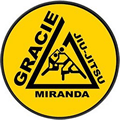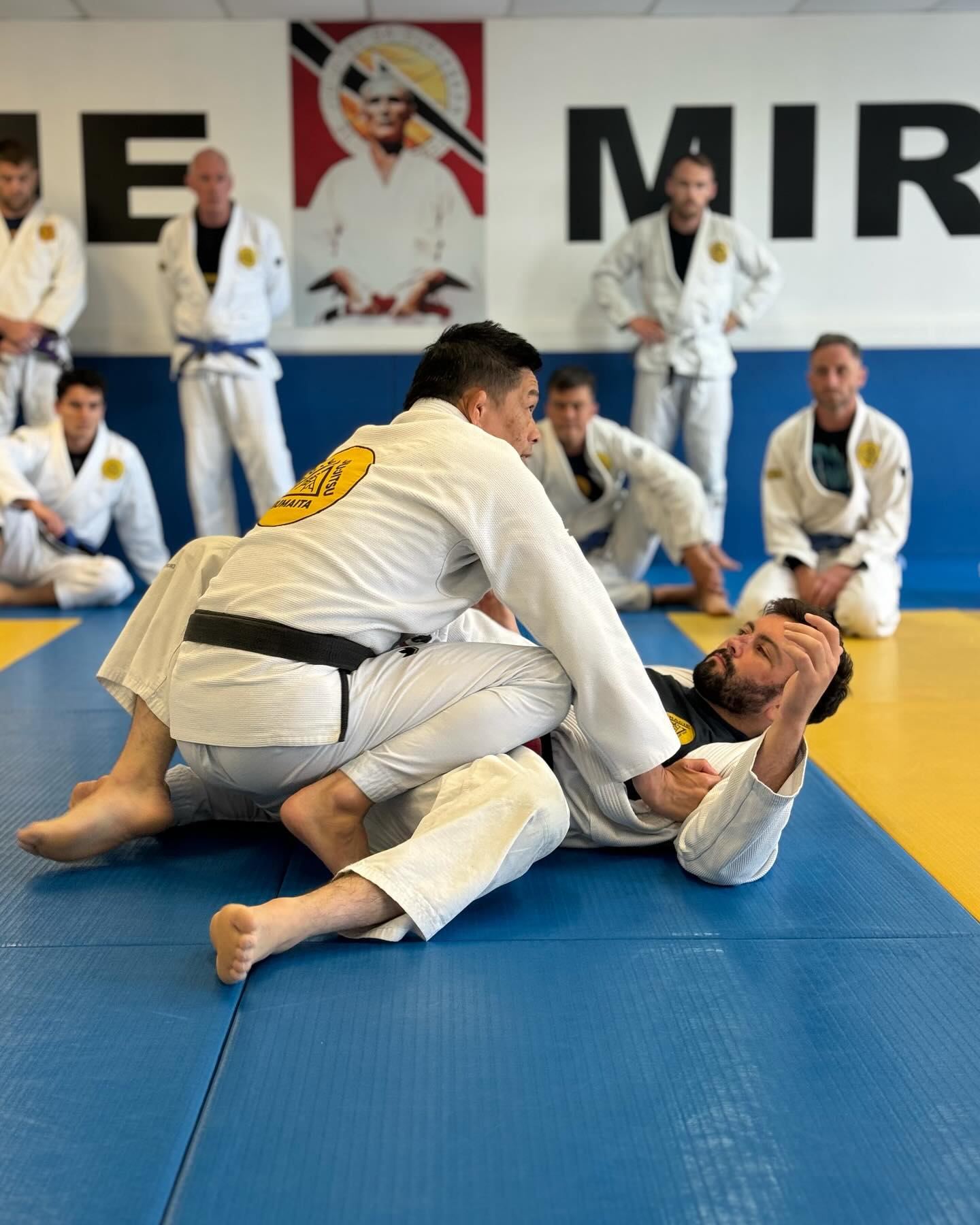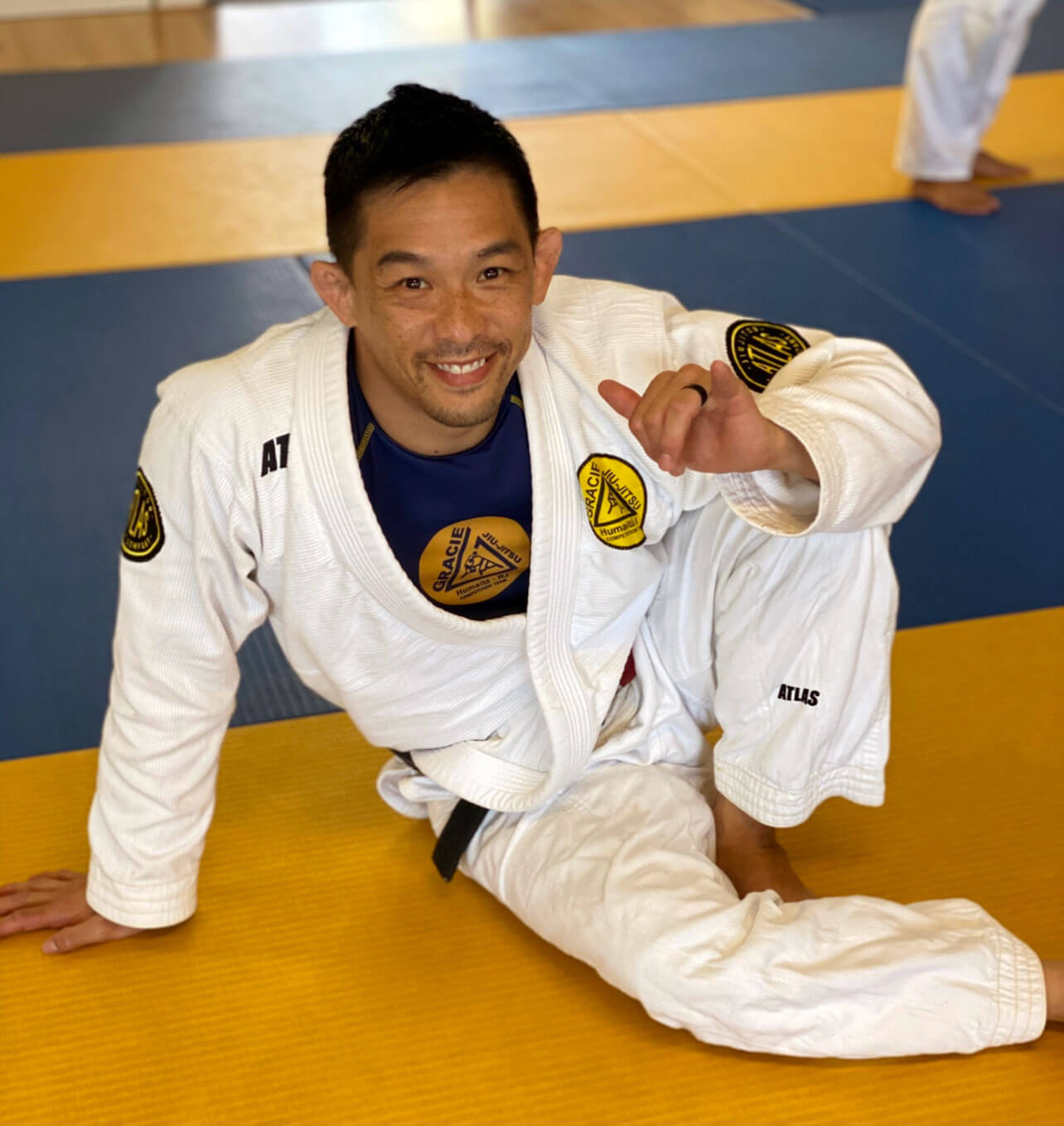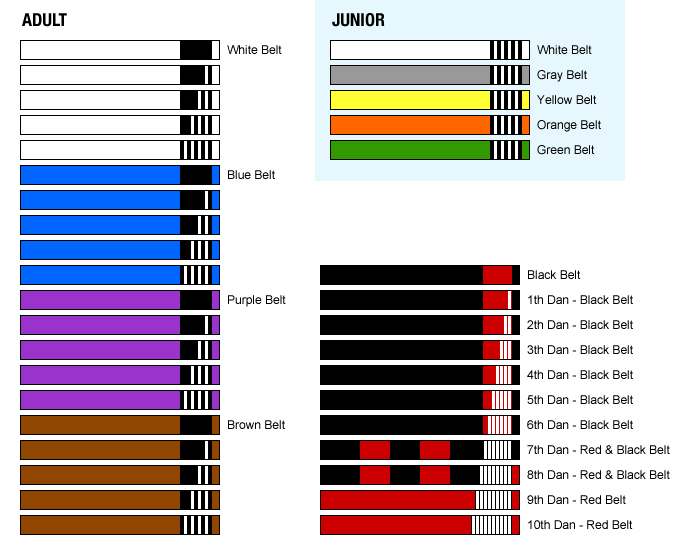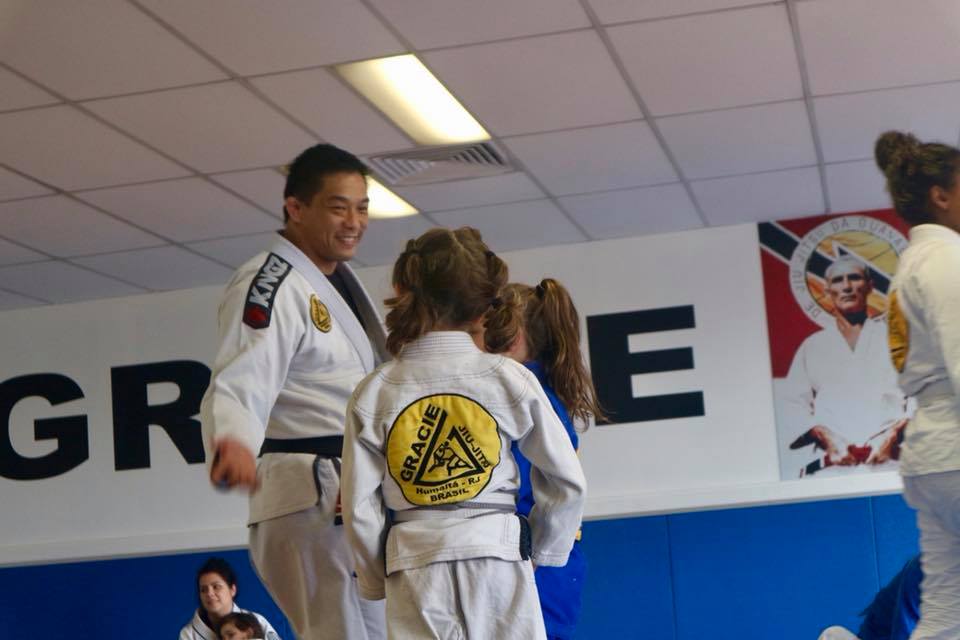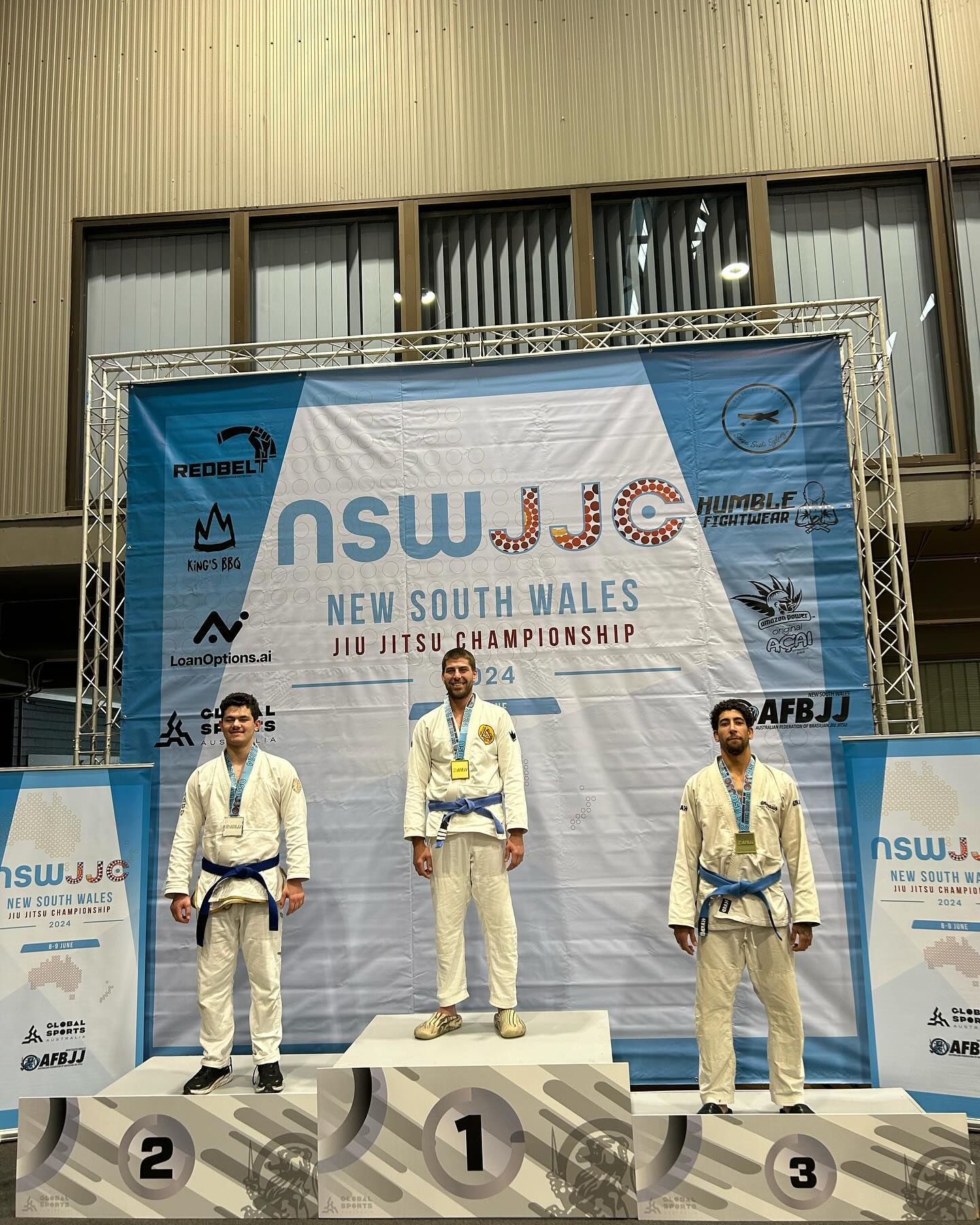Of all the martial arts that are practiced around the world, there are very few as renowned for self-defence as Brazillian Jiu-Jitsu (BJJ). Jiu-Jitsu’s preeminence as a self-defence system is a big part of why it has exploded in popularity over the past three decades, and its why we setup our BJJ academy in the Sutherland Shire.
If there’s another discipline regarded similarly well for self-defence, it’s Krav Maga. Krav Maga was developed in Slovakia, and has since become adopted by Israel’s military as a part of training. Jiu-Jitsu too is taught to police forces and armies around the world.
But though these martial arts may be similarly respected for their self-defence credentials, they’re drastically different disciplines. Here’s what you need to know about both.
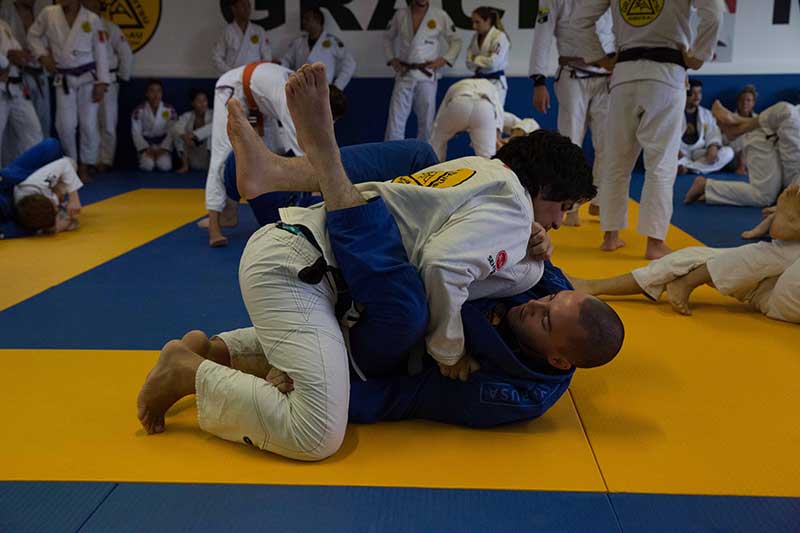
First, what is BJJ?
If you’re on this page because you’re interested in learning self-defence, you may not yet be acquainted with what Jiu-Jitsu actually is.
BJJ, also known as Gracie Jiu-Jitsu, is a grappling martial art. That distinguishes it from striking martial arts like Karate, Muay Thai and Taekwondo. At Gracie Miranda, we regularly teach self-defence techniques that allow you to protect yourself against strikes. But unlike those aforementioned disciplines, you won’t be learning how to strike in Jiu-Jitsu classes.
Instead, you’ll learn how to take someone to the ground, establish dominant control and neutralize them with a submission hold. These holds are typically either joint locks, like armbars, or chokes, like guillotines and the triangle choke.
The central premise of Jiu-Jitsu is that techniques you learn should be effective against people who are bigger and stronger than you. Taking an opponent to the ground means they’re less able to use their power advantage. Once there, we use leverage and timing to establish and retain dominant positions. Jiu-Jitsu is a spar-heavy discipline, allowing you to determine for yourself which techniques work for you and which don’t.
While BJJ is famed for its self-defence, it also has a thriving sports scene. There are usually tournaments each month in Sydney, some of which take place here in the Sutherland Shire. People often practice Jiu-Jitsu not just for protection, but also as a sport, as a form of fitness and a hobby purely for the sake of fun.
Got it. How about Krav Maga?
Krav Maga is a martial art forged in anti-Semitic 1930s Eastern Europe. Imi Lichtenfeld was trained in boxing and wrestling, and in the 1930s taught self-defence techniques in his Jewish community in Slovakia, Bratislava. As anti-Semitic sentiment increased and war ultimately broke out, Lichtenfeld in 1940 immigrated to what is now Israel.
He honed self-defence techniques into what is now known as Krav Maga, Hebrew for “contact combat.” Today Krav Maga integrates boxing, wrestling, Jiu-Jitsu and street fighting. Krav Maga focuses entirely on self-defence. It teaches striking, some grappling and also techniques to deal with armed opponents.
It’s perhaps useful to think of Krav Maga not as a martial art but purely as a self-defence system. In Krav Maga classes, you’re put in various dangerous scenarios and taught how to fight your way out of them. As a result, there are no Krav Maga tournaments or traditional competitions.
Which is better?
As with every comparison between effective martial arts, “which is better” is the wrong question. The right question is “which is better for me?”
Both Jiu-Jitsu and Krav Maga are excellent for self-defence. That is proven by both being taught and used by police and military forces around the world. But while Krav Maga leans entirely into self-defence, Jiu-Jitsu also focuses on other areas. These include sports, mixed-martial arts, fitness and fun.
If you’re in the Sutherland Shire and are interested in self-defence classes, come into Gracie Miranda for a free trial.
